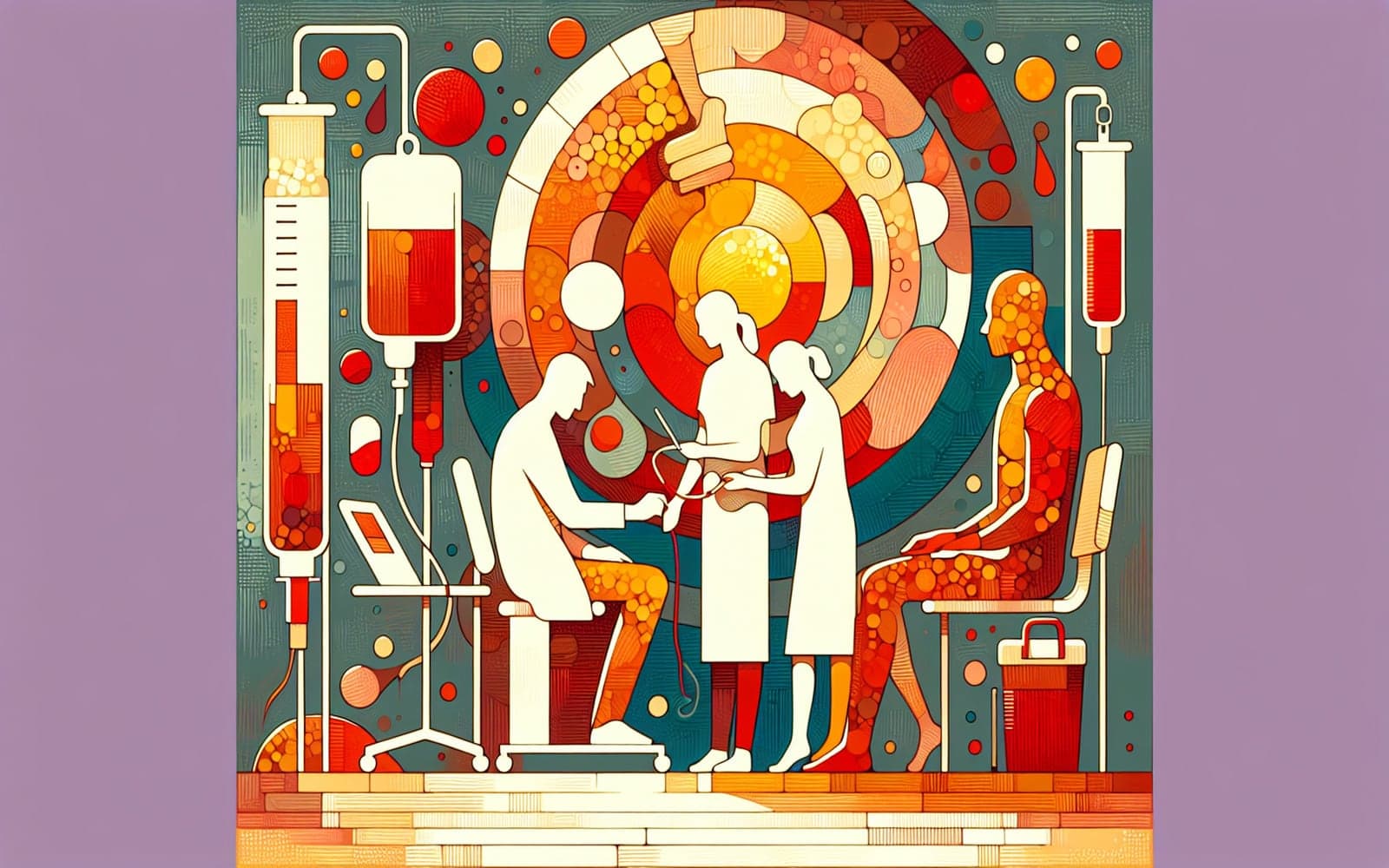Are You at Risk for a Bleeding Disorder?
Published: Mar 22, 2024
Bleeding disorders can affect anyone, but certain factors increase your risk. Understanding these can help you recognize potential problems early.
Contents
Family History: A Key Clue
One of the strongest risk factors for many bleeding disorders is family history. Conditions like hemophilia and von Willebrand disease are often inherited. If you have close relatives with a known bleeding disorder or a history of excessive bleeding, your risk is higher. It's important to share this information with your doctor, even if you haven't had bleeding problems yourself.
Gender and Age Considerations
Some bleeding disorders affect genders differently. Hemophilia primarily affects males, though females can be carriers. Von Willebrand disease affects both sexes equally but is often first noticed in women due to heavy menstrual bleeding. Age can also play a role – some inherited disorders show up in childhood, while others may not cause noticeable symptoms until adulthood or after a major surgery or injury.

Medical Conditions That Increase Risk
Certain health conditions can increase your risk of bleeding problems. Liver disease can affect the production of clotting factors. Kidney disease can impact platelet function. Some autoimmune disorders like lupus can also interfere with blood clotting. Certain cancers, particularly blood cancers, may increase bleeding risk. If you have any of these conditions, be sure to discuss potential bleeding risks with your healthcare provider.
Frequently Asked Questions
Yes, excessive alcohol use and some medications can increase risk.
Some are, like Factor XI deficiency in Ashkenazi Jews.
Severe stress can potentially worsen existing bleeding tendencies.
Key Takeaways
Understanding your risk factors for bleeding disorders empowers you to seek appropriate care and testing if needed.
Concerned about your bleeding disorder risk? Discuss your risk factors and family history with Doctronic to determine if further evaluation is warranted.
